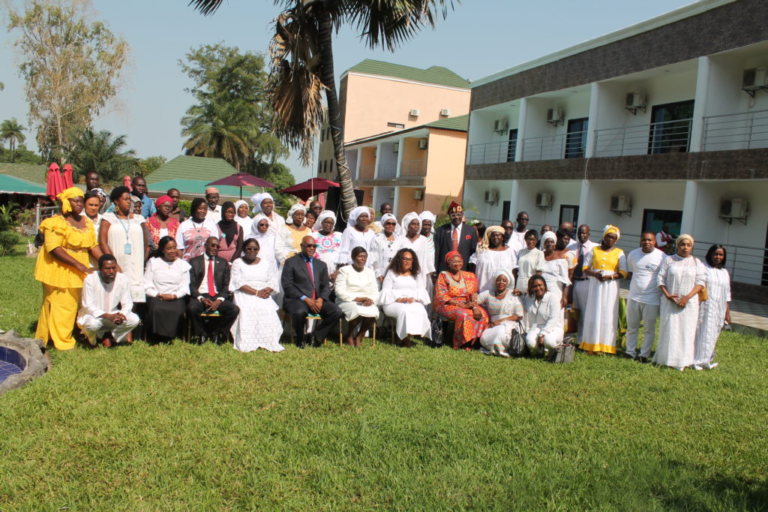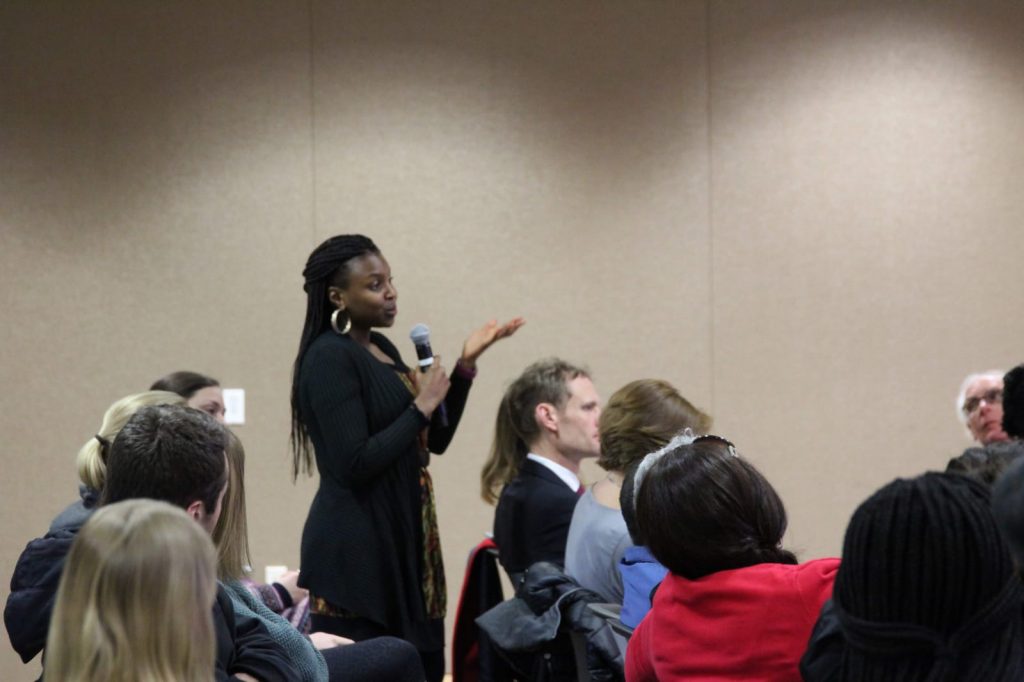Women as Peacemakers in Senegal – Voices To Be Heard

Khadeeja Haddy Sarr, Research Fellow, Youth, Gender & Vulnerability Policy Lab
skhadeeja@africacfsp.org
The role of women in peacebuilding continues to receive global attention whilst being mandated by United Nations Security Council Resolution (UNSCR) 1325. The Casamance region in southern Senegal provides an excellent illustration of women as peacemakers.
The Conflict in Casamance
Senegal is considered one of the most stable and established democracies in west Africa today. However, the on-and-off conflict in the Casamance province is considered the longest ongoing conflicts in the region. As a result of feelings of political, economic, and cultural marginalization, the fight for Casamance independence between the Movement of Democratic Forces (MDFC) and the government of Senegal (GoS) began in 1982. The conflict has spilled over into neighbouring Guinea Bissau and The Gambia. It is estimated that the conflict has resulted in over 5000 deaths and over 60,000 internally displaced persons (IDPs), though exact numbers are difficult to ascertain due to the lack of accurate available data. The 2018 attacks in Casamance, left 13 civilians killed and injured several people. Although the motive(s) of the attacks are yet to be identified, many believe the MFDC to be responsible. Nevertheless, the current status quo in the region can be summed up as ‘no peace, no conflict’.
The Ascent of Women in Senegal
Stark gender inequalities have often challenged women as leaders in Africa. In 2000, the United Nations adopted the UNSCR 1325 which stipulates that women be placed in decision-making roles at all levels, that gender perspectives be considered in peacekeeping operations, and that all parties in armed conflict respect the rights of women and girls. The participation of women in peace processes is considered by UN agencies to be a “catalytic investment for change and sustainability.” In September 2010, the Economic Community of West African States (ECOWAS) implemented UNSCR 1325 in Senegal. By 2017, West Africa Brief reported that women made up 42.7% of Senegalese Parliament, almost double the regional West African average of 23.3%. This increase placed the country in 7th place worldwide for female representation in Parliament, just behind Sweden. Slowly, the gender gap in the political sphere in Senegal has decreased.
Women for Peace in Casamance
Over the years, tremendous efforts have been made by women in Senegal to organise demonstrations and leadership trainings whilst advocating for female engagement in peace processes. In 2012, the Women for Peace in Casamance (PFPC) was founded as a joint platform to restore peace in the region, which includes approximately 170 women’s organizations. The strategies of PFPC include promoting dialogue between the government and MFDC, mediating between army personnel and MFDC leaders, negotiating sustainable peace agreements, and ending killings of civilians. Additionally, PFPC has organized prayer nights with over 2000 women participants, demonstrations in Ziguinchor (the largest city in Casamance), and meetings with religious and traditional leaders. Significantly, capacity building on peace training has been imperative to their work, as it provides the expertise women need to effectively work towards peacebuilding in the region. The successful strategies by PFPC have been praised by President Macky Sall as the “torch for peace.”
As a result of the conflict spilling over to neighbouring countries, PFPC also created the Women’s Forum for Senegal – the Gambia – Guinea-Bissau. In 2019, PFPC, The African Centre for Democracy and Human Rights Studies (ACDHRS) in the Gambia, and the Guinea-Bissau Women Political Platform (PPMGG) met in The Gambia and held a ‘Women’s Peace Table’ . The event was an opportunity for women from these three countries to dialogue and share ideas on peace building and strategies going forward. Although sustainable peace is yet to be achieved in the region, the impact of women as peacemakers has been significant to the continuous peacebuilding process in Casamance.
Lessons Learned and Moving Forward
In 2020, Ndèye Marie Thiam, the president of PFPC stated, “this year’s theme touches a burning ember which, if we are not careful, will again stir hostilities.” Thiam’s theme implores women to mobilize as peacemakers in the Casamance region. She also highlighted the instability of the conflict in Casamance informing that there is still much work to be done. The national call for women as peacemakers in Africa is imperative for peacebuilding, as they tend to draw attention to political, cultural, and social needs. The Casamance case illustrates the strategic importance of incorporating women on a level where they can influence policies to attain peace. Casamance is a model for other post-conflict areas.
Based on your interests, you may also wish to read:
- Kenya Should Adopt Comprehensive Sexuality Education to Address the Vulnerability of Girls to Early Pregnancies
- A Path Towards Women’s Socio-Economic Empowerment in Chad
- COVID-19, Youth and Tech: The Chance to Build a Resilient Nigerian Economy?
- The Socio-economic and Cultural Response to COVID -19 By Women in The Gambia


